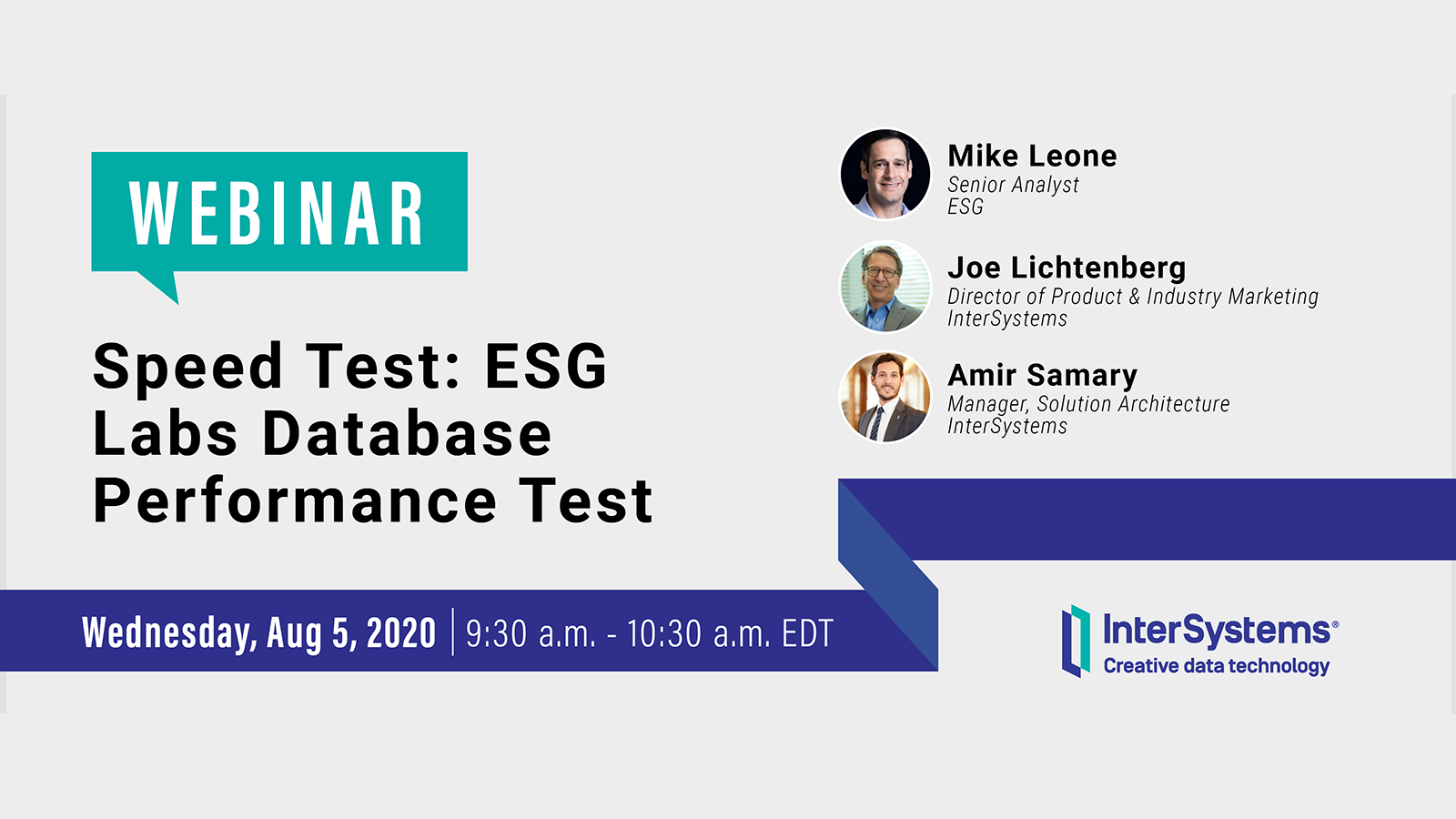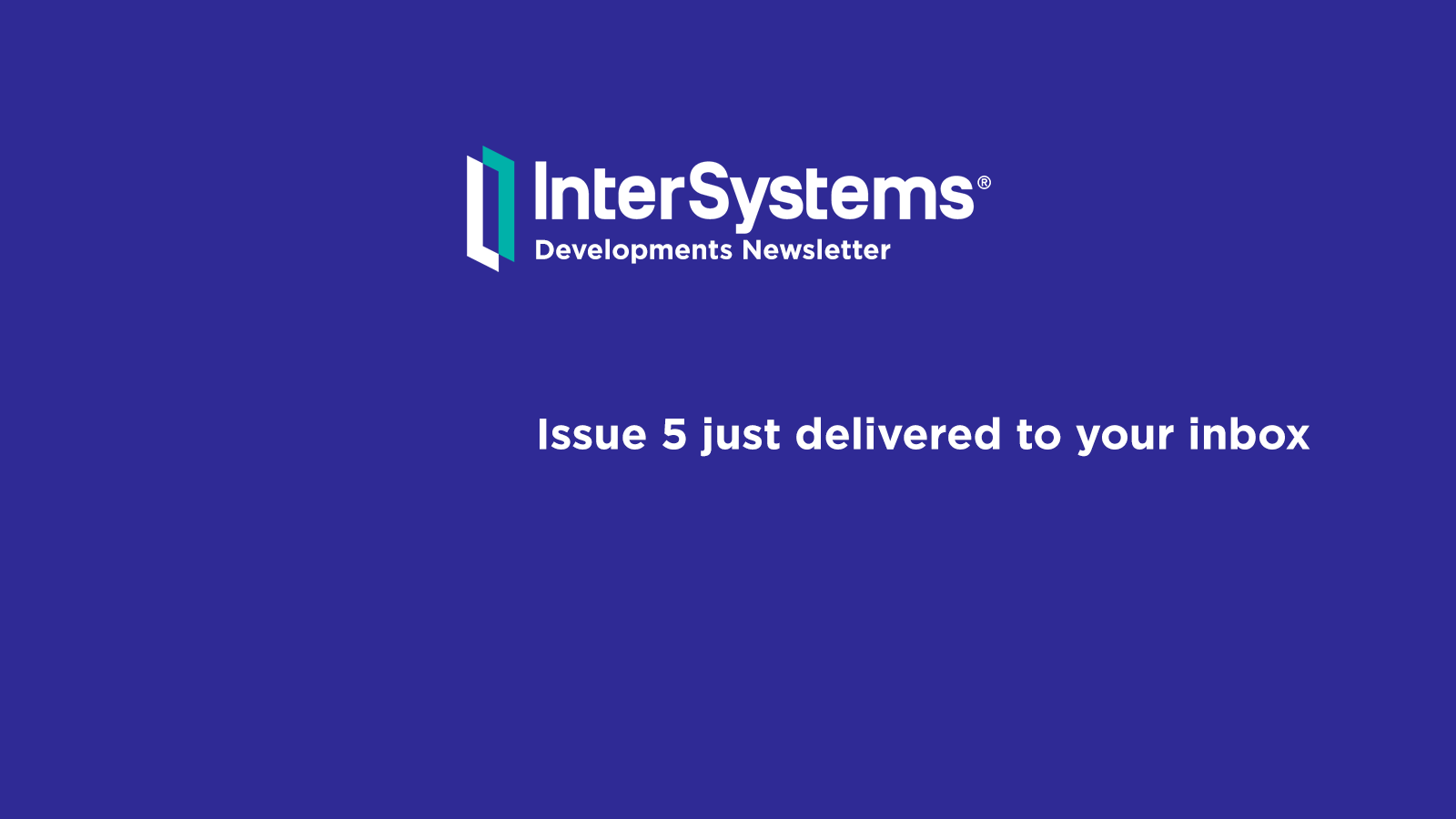YASPE is the successor to YAPE (Yet Another pButtons Extractor). YASPE has been written from the ground up with many internal changes to allow easier maintenance and enhancements.
YASPE functions:
- Parse and chart InterSystems Caché pButtons and InterSystems IRIS SystemPerformance files for quick performance analysis of Operating System and IRIS metrics.
- Allow a deeper dive by creating ad-hoc charts and by creating charts combining the Operating System and IRIS metrics with the "Pretty Performance" option.
- The "System Overview" option saves you from searching your SystemPerformance files for system details or common configuration options.
YASPE is written in Python and is available on GitHub as source code or for Docker containers at:

.png)

